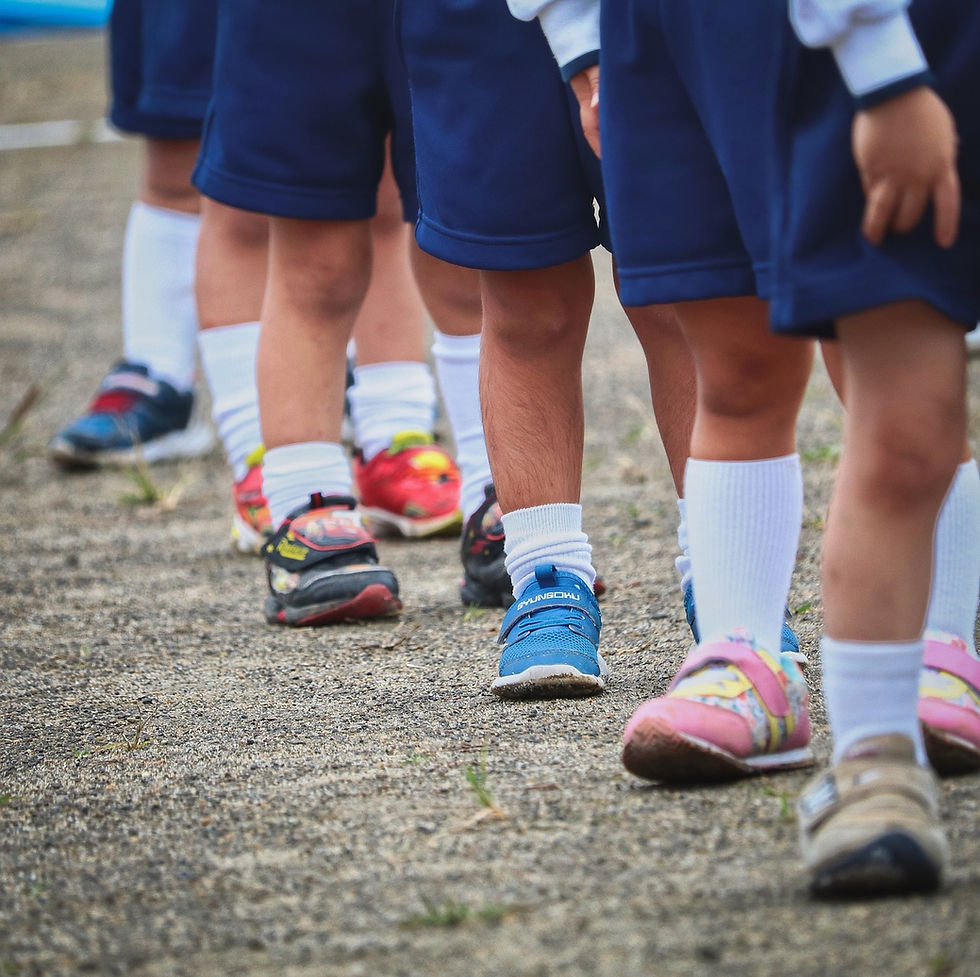Beat Athlete’s Foot This Summer: The Best Treatments for Healthy Feet
- heelandtoepodiatry
- Jun 29
- 2 min read

By R. Scott Johnston, DPM – Podiatric Specialist
As the temperatures rise, so does the risk of athlete’s foot. Summer brings with it sweat, moisture, and more time spent in communal areas like pools, locker rooms, and gyms—all perfect breeding grounds for the fungus responsible for this irritating condition.
What Is Athlete’s Foot?
Athlete’s foot (Tinea pedis) is a common fungal infection that thrives in warm, damp environments. It typically causes itching, redness, flaking, and sometimes blisters, especially between the toes. Though it’s called “athlete’s foot,” it can affect anyone, especially in the summer when feet are often hot and moist for long periods.
Top Treatments for Athlete’s Foot in the Summer Months
Keep Feet Clean and Dry
Daily washing with soap and water is crucial.
After washing, dry feet thoroughly, especially between the toes.
Use a separate towel to avoid spreading the fungus to other parts of the body.
Use an Antifungal Cream or Powder
Over-the-counter treatments like clotrimazole, miconazole, or terbinafine are often effective.
Apply the cream twice daily for at least 2–4 weeks, even if symptoms subside early.
Antifungal powders can help keep feet dry throughout the day.
Change Socks Regularly
Moisture-wicking socks made from synthetic blends or merino wool help reduce sweat.
Change socks at least once per day, or more often if feet get sweaty.
Choose Breathable Footwear
Opt for sandals or mesh athletic shoes to promote airflow.
Avoid tight, non-breathable shoes, especially during hot days.
Alternate shoes daily to give them time to dry out completely.
Disinfect Shoes and Shower Areas
Use antifungal sprays or UV sanitizers inside shoes.
If you share a bathroom, sanitize floors and tubs regularly.
Wear shower shoes in gyms, pools, and dorms.
Watch for Signs of Infection
If you notice increased redness, swelling, pain, or pus, it could signal a secondary bacterial infection.
In these cases, a prescription medication or a visit to your podiatrist is recommended.
Prescription Treatments for Persistent Cases
If over-the-counter remedies don’t work, we may prescribe oral antifungal medications like terbinafine or itraconazole.
Prescription-strength topical creams are also available for more stubborn infections.
Summer Footcare Tips to Prevent Recurrence
Always wear flip-flops or shower shoes in public locker rooms.
Don’t share shoes, socks, or towels.
Wash socks and bath towels in hot water.
Apply antifungal powder proactively if you’re prone to infections.
When to See a Podiatrist
If athlete’s foot doesn’t improve within two weeks of self-care, spreads to the nails, or recurs frequently, it’s time to schedule an appointment. Chronic fungal infections may require stronger treatments and guidance to fully resolve.
At Heel and Toe Podiatry, we’re here to help you stay active and itch-free all summer long. Don’t let athlete’s foot slow you down—your feet deserve professional care!

R. Scott Johnston D.P.M.
1021 Sandusky St. Suite A
Perrysburg, OH
419-474-7700
Office Hours:
Tuesday 8:30 am - 4:30 pm
Wednesday 8:30 am - 12 pm
Thursday: 8:30am - 4:30 pm
Friday: 8am - 1pm
A foot Doctor Near Me in Perrysburg, Wood County, and North West Ohio




Comments